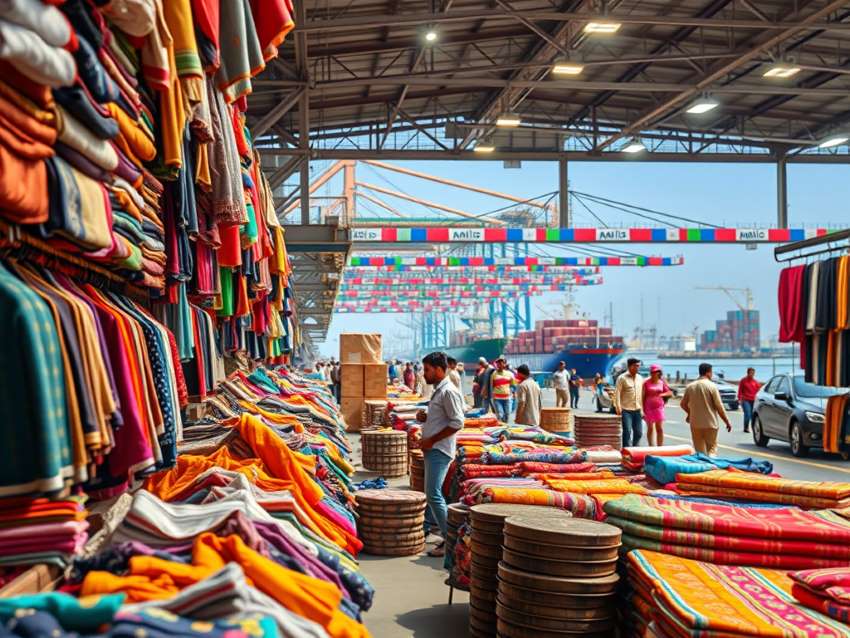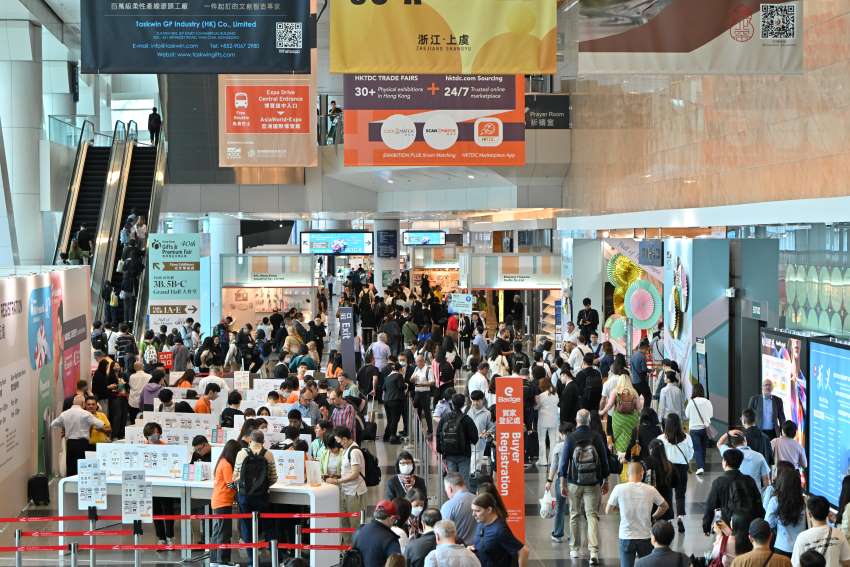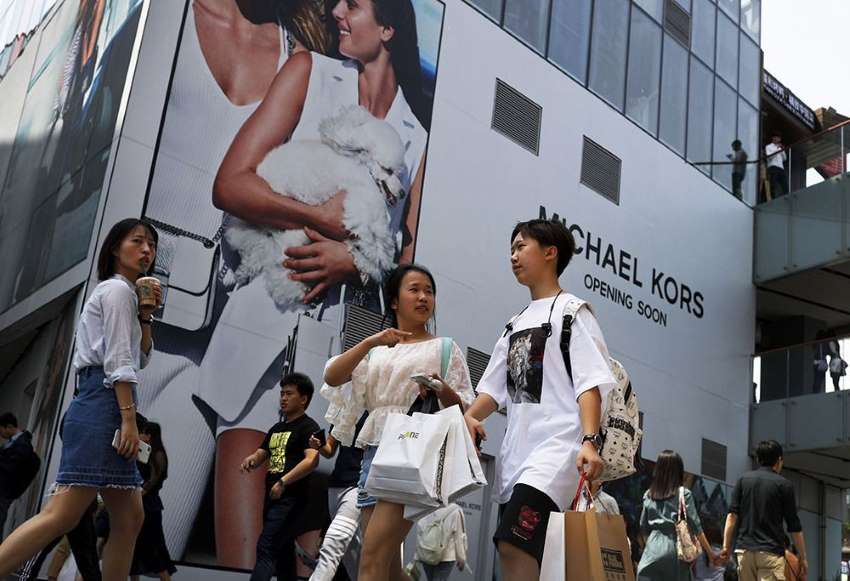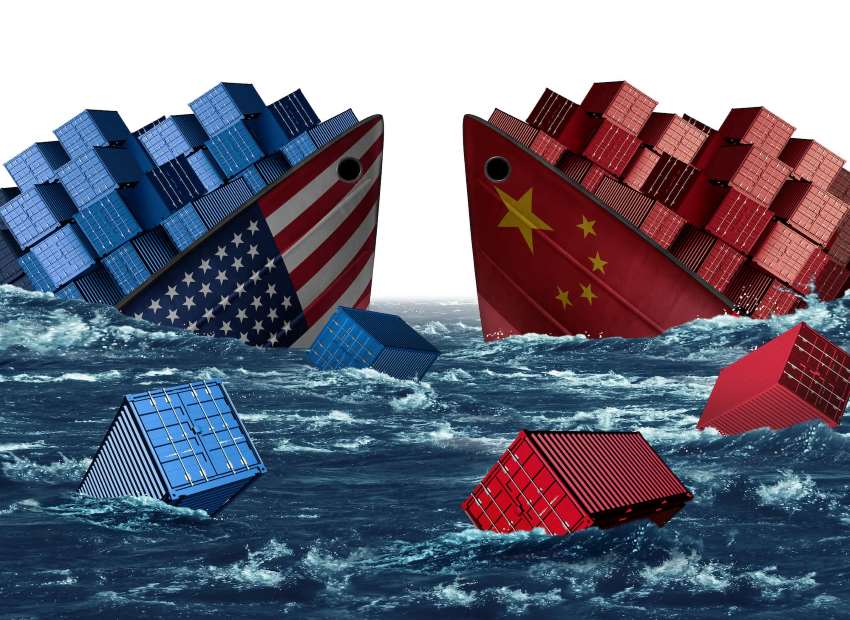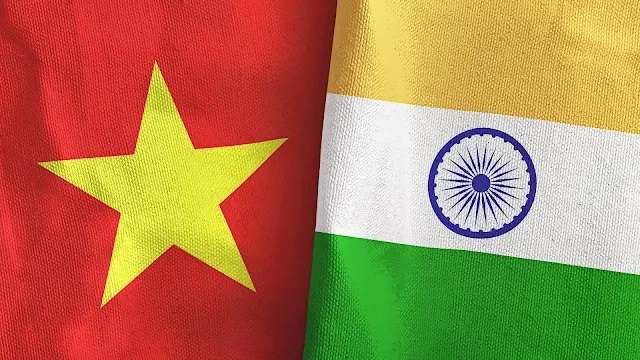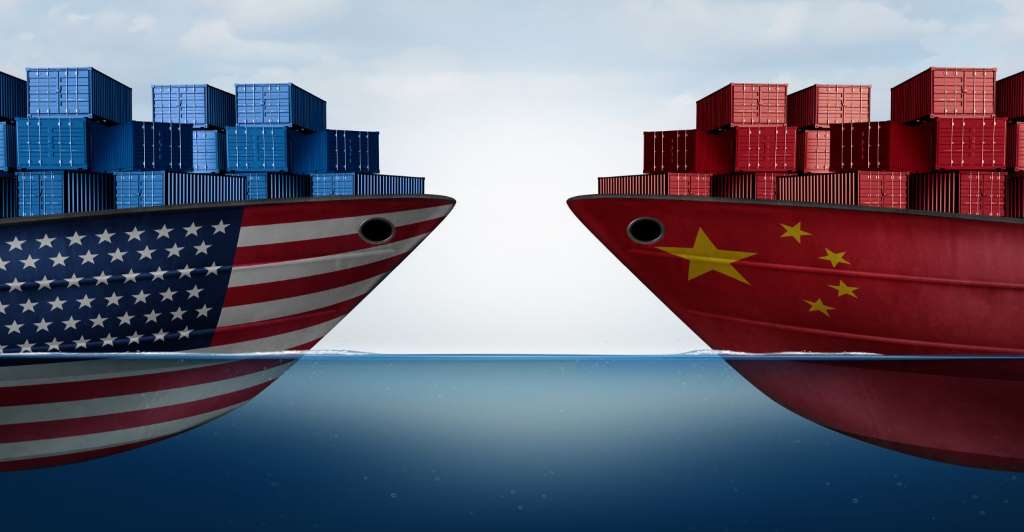
The US-China trade war, initiated in 2018, saw tariffs placed on various goods, including textiles and apparel from China. This has sent ripples through the global textile and apparel industry, sparking debate on its effectiveness and impact.
The justification, a cloudy picture
The US justified the tariffs citing intellectual property theft and unfair trade practices by China. However, the effectiveness is debated. The National Council of Textile Organizations (NCTO) argues the tariffs levels the playing field for US manufacturers facing lower Chinese production costs.
However, critics like the American Apparel & Footwear Association (AAFA) point out the tariffs increase costs for US companies and consumers, hurting domestic brands. A 2019 study by the Peterson Institute for International Economics found the tariffs reduced US GDP by $83 billion. Similarly, a 2019 study by the National Bureau of Economic Research found that the tariffs increased US consumer prices by an average of 2.3 per cent. For example, American clothing company Gap Inc. reported a 2 per cent decline in profits due to rising costs associated with the tariffs.
Global trade bodies' stance
The World Trade Organization (WTO) has remained largely silent on the specific US-China tariffs. However, the organization emphasizes free trade principles and discourages protectionist measures.
Impact on US textile and apparel industry
While the tariffs aimed to revive domestic manufacturing, data suggests a different story. The US International Trade Commission reported a decline in US textile and apparel production in 2020. "The tariffs haven't done much to revive domestic manufacturing and have only served to increase costs for US companies," explains Sharon Freeman, Executive VP, National Retail Federation
For China, apparel exports to the US did decline initially due to the tariffs. However, China found alternative markets and diversified its exports. The tariffs have disrupted the global textile supply chain. US companies for example are sourcing from Southeast Asian countries like Vietnam. However, this shift brings new challenges like increased transportation costs and building new supplier relationships.
Table: Impact of US Tariffs on Textile & Apparel imports (2018-22)
|
Country |
% Change in Imports to US |
Source |
|
China |
-5% |
USITC |
|
Vietnam |
+25% |
USITC |
|
Bangladesh |
+18% |
USITC |
However, countries with strong textile and apparel industries, particularly those in Southeast Asia, have seen a rise in exports to the US. This has boosted their economies but raised concerns about labor standards and environmental practices in some regions.
The US tariffs on China's textile and apparel industry remain a contentious issue. While the US aimed to protect domestic manufacturing, the impact has been mixed. Consumers faced higher prices, some US jobs were lost, and China adapted its export strategy. The main beneficiaries have been Southeast Asian nations, raising concerns about potential exploitation in those supply chains. Finding a long-term solution requires a multilateral approach that addresses intellectual property concerns while fostering fair and sustainable global trade practices.

